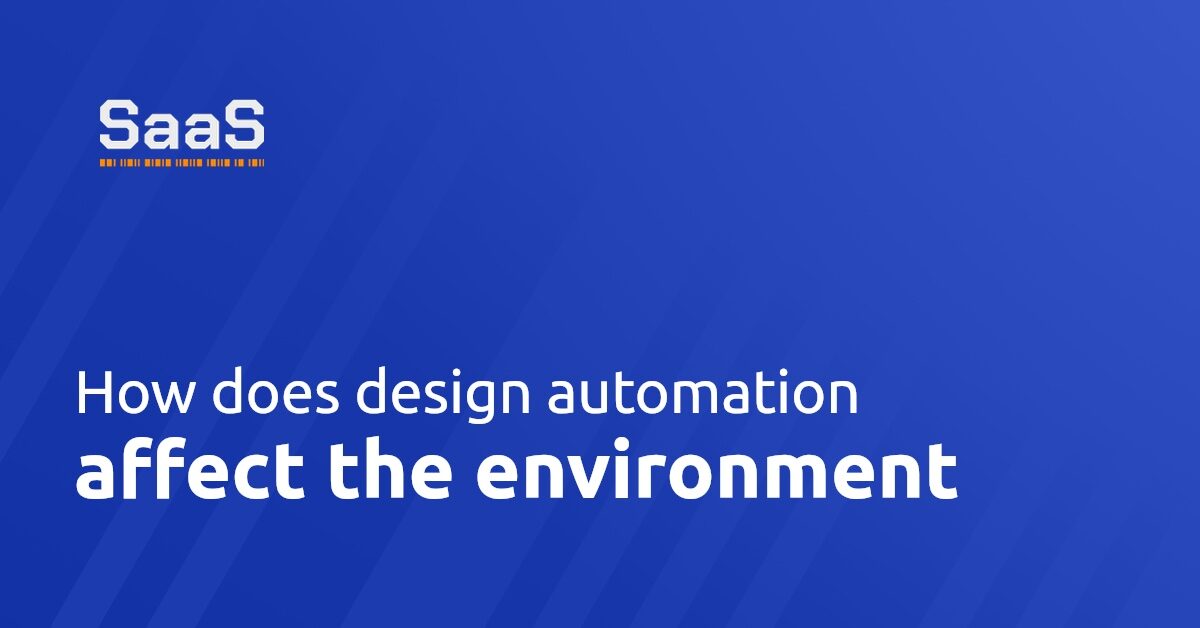How does design automation affect the environment?
Design automation holds a key position in modern industries for the benefits it delivers, such as minimizing human errors, increasing productivity and efficiency, accelerating operations, and improving design accuracy. Nevertheless, it also significantly influences the environment. One prominent impact of design automation on the environment manifests through energy consumption. Automated systems, particularly in industries such as automotive, electronics, and construction, require a colossal amount of energy to operate. Large-scale factories often operate on a 24/7 basis, thus continuously consuming electricity.
Additionally, raw materials used in the manufacturing of automation machinery and systems add another layer of potential environmental impact. Mining and extraction processes involved in obtaining raw materials often lead to deforestation, habitat destruction, soil erosion, and water contamination, thus threatening biodiversity and local communities.
Can design automation help reduce environmental footprint?
Despite the environmental impact, automated systems have the potential to reduce the ecological footprint if optimized correctly. These systems can greatly improve precision and speed, which reduces waste from human error and over-production. Moreover, through predictive maintenance facilitated by automated systems, the longevity of machines can be drastically extended, thus reducing resource use and the environmental cost of production.
Furthermore, the high data-processing capacity of automation systems can enable the effective utilization of resources. Utilizing intelligent algorithms, operators can optimize machine operation to use only the necessary energy sourced from renewable resources. Also, automation can streamline logistics processes, significantly reducing the carbon footprint associated with transportation.
What are the key environmental concerns with design automation?
Key environmental concerns with design automation generally revolve around resource depletion, waste generation, energy consumption, and carbon emissions. Automation systems require metals and rare earth minerals, whose excavation leads to environmental degradation. Waste materials from worn-out machines can, too, contribute significantly to waste generation and pollution. These materials often contain hazardous substances and must be properly discarded and recycled to mitigate environmental impact.
Energy consumption is a significant concern, as most operating factories still rely on fossil fuels for their high-energy demands. This results in substantial carbon emissions, contributing to global warming and climate change. Unused and wasted energy is another issue, as inefficiently designed automated systems can squander valuable energy.
Are there sustainable alternatives to design automation?
Discussions around sustainable alternatives to design automation often point to the integration of 'green technology' into the formulation and operation of automated systems. A sustainable approach involves the use of renewable energy sources, such as solar, wind, and hydro, to power automation systems, significantly reducing carbon emissions.
Efficient design that minimizes waste and optimizes resources is also fundamental to sustainable alternatives. Technologies, such as 3D printing and AI, can be adopted to ensure efficient use of materials and energy during operation. On another note, employing the 'circular economy' model could contribute towards resource conservation. Through this model, worn-out machine parts are repaired, reused, or recycled, minimizing waste output and resource depletion.
Lastly, regulations and norms encouraging environmentally friendly practices can prompt industries to explore sustainable alternatives. Government policies, like carbon pricing, can make greener operations financially beneficial, thus encouraging industries to follow more eco-friendly practices. Therefore, while automation's environmental impact is undeniable, the deployment of green technologies and practices can offer sustainable solutions.








